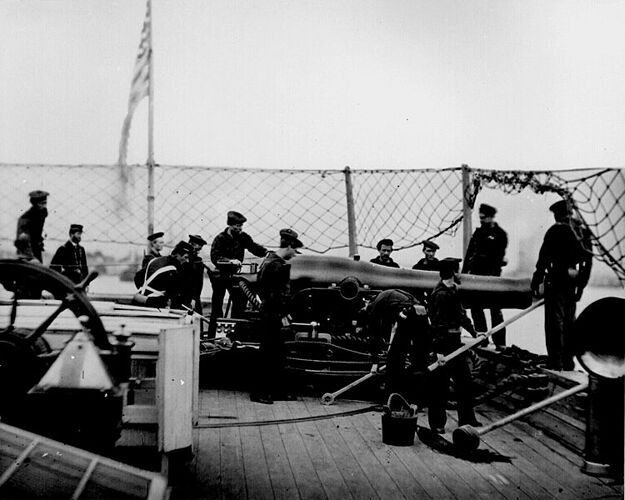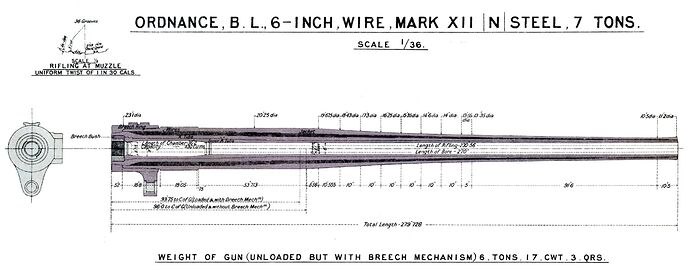Historians have begun to raise Guns that belonged to the CSS Pee Dee from the Pee Dee River in S. Carolina. http://www.southstrandnews.com/article/20150929/GTT06/150929892
One captured from the Union Forces a 9-inch Dahlgren smoothbore
A IX inch Dahlgren in all its glory on the USS Miami
A 6.4" Brooke Rifled cannon - Brooke guns could be single or multiple banded, the ones recovered are double banded which allows them to fire a greater charge than equivalent guns - a fact that enabled them to outrange Union Ships with much larger guns.
A 7" Brooke Rifled cannon - you can see the double banding - this one was modified for coast defence at Fort Johnston - the carriage was damaged by Confederate troops to prevent the Union forces being able to use it (at least in the near future)

A 6.4" Brooke Rifled cannon showing the make up of the bands - these have separated at some point
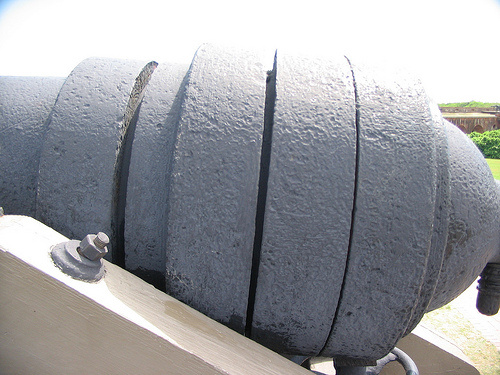
Cast iron alone was prone to unexpected catastrophic failure, and was neither as strong, nor resilient as Bronze. So in order to keep the weight, and cost of the Gun down, while allowing it to range beyond plain Cast Iron, they began to reinforce the chamber areas with Wrought Iron bands. This is commonly seen on Parrot Guns, and most of the patents for the Parrot dealt with the methods of shrinking the Bands in place. While this method did provide greater performance, it could not altogether do away with the uncertainties of Cast Iron, but was the best solution that could be had at the time. In later times, what came to be called built up Guns, and Wire Bound Guns were more commonplace, and were to be found in many Nation’s Military Organizations. Built up Guns were fabricated of many different interlocking sleeves placed one over the other, providing additional strength via its “Laminal” construction, and Wire bound involved tightly wrapping the entire length of the tube in miles of Steel wire to provide the same increase in strength. Images: (L) Built up tube Gun, (R) Wire bound Gun.
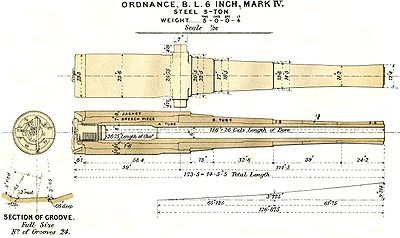
Cast Iron Guns failed without much if any warning, even though service drills required the gun to be examined with every shot to reveal the presence of cracks. this was done with a tool not unlike a Dentists probe, which was drawn up the tube slowly, and any catching was felt for, and if found a wax impression was made to determine the extent of any faults. Frequently however, it would be found sound on one shot, and come apart on the next.

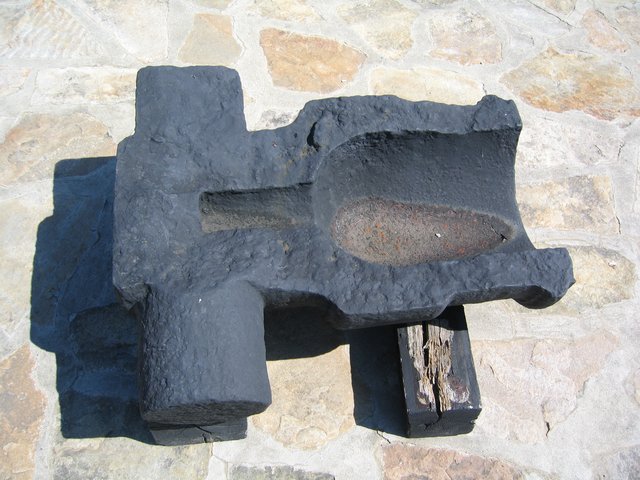
Interesting thread. The 19th century featured a number of arms races. One of the less well-known was, not between particular powers, but between gun technology and the obscure technology of gunpowder. In the decades preceding its eclipse by high-explosive “smokeless” propellants towards the end of the century, gunpowder technology was, somewhat ironically, attaining ever-greater levels of perfection. At the same time, the development of artillery technology was highly ambitious in terms of developing ever larger, harder-hitting guns - but it would not appear that the gun founders and the powder grinders were always fully aware of the consequences of ever more powerful “black powder” for the work of each other.
Iron guns were, of course, no new thing. Gun-founding in iron went back to the early days of artillery manufacture in the European Middle Ages. The technique of “shrinking” supporting bands onto the barrel and breech area of guns constructed of iron bars (both cast iron and wrought iron) went back that far, and was used on guns ranging from small canon to massive bombards was well understood (“hoop and stave” construction); like much else about early guns, the basic technology was borrowed from the manufacture of wooden barrels and casks (it is no accident that guns have “barrels”). It was always recognized that this technology was not infallible. “Gun bursts” make regular appearances in history. Notable among these were the “bursting” of a Turkish bombard at Mehmet’s (successful) siege of Constantinople, and the sad demise of King James II of Scotland, who happened to be standing a bit too near a bombard named “the Lion” at the siege of Roxburgh Castle (1460). The thing “burst” spectacularly, and James expired quickly, embedded with large lumps of cannon. Ironic, in a way; James II was a major promoter of artillery in the 15th century, and the bombard in question (along with others) had been supplied by his Burgundian in-laws in Flanders, with whom he enjoyed warm relations.
This is a bit long - more to say. Will come back to it shortly. best regards, JR.

